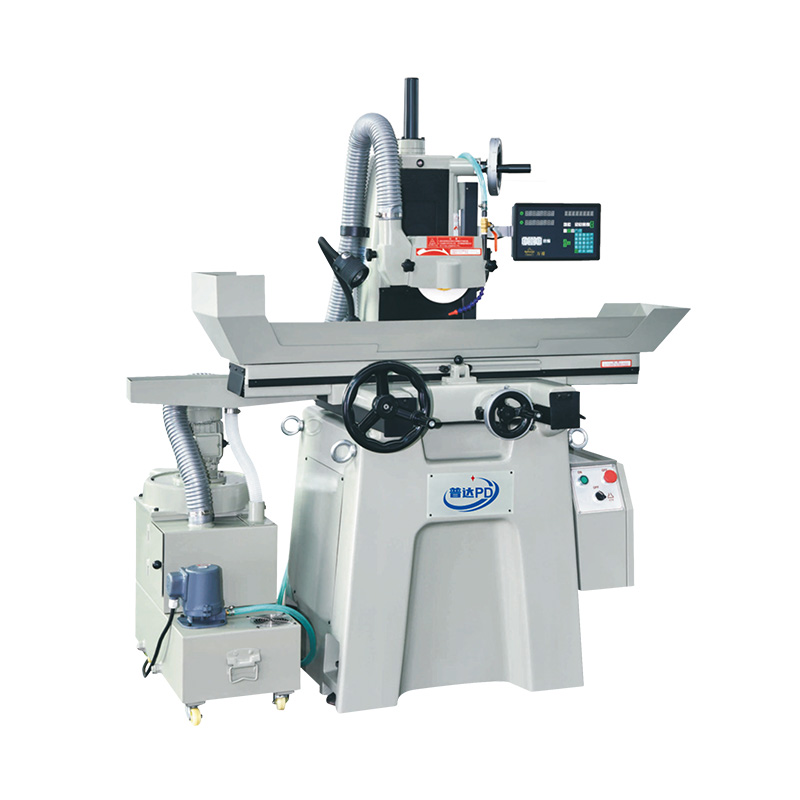Email: [email protected]
Mould Ejector Mechanisms Improving Product Consistency and Manufacturing Speed
Mould ejector mechanisms play a crucial role in ensuring that molded products are consistently produced with small defects. In injection molding and other manufacturing processes, the ability to efficiently release finished parts from the mold directly impacts production speed and overall workflow. By carefully designing and implementing mould ejector systems, manufacturers can achieve smoother operations and reduce downtime caused by stuck or damaged components.
How Mould Ejectors Function
At its core, a mould ejector is responsible for pushing the finished part out of the mold cavity once the material has cooled and solidified. This process requires precise timing and coordinated movement, as improper ejection can advance to deformation, scratches, or even cracks in the product. Different types of ejector mechanisms, including pin ejectors, sleeve ejectors, and stripper plates, are used depending on the product geometry and mold complexity. Each of these designs aims to provide uniform pressure across the part, ensuring that it leaves the mold cleanly and consistently.
Enhancing Consistency Through Ejection
Consistency in product manufacturing is essential for maintaining quality standards and meeting customer expectations. Mould ejector mechanisms contribute to this consistency by reducing variations in part dimensions and surface finish. When ejectors are designed to apply even force across the molded piece, the risk of warping or incomplete release decreases significantly. This careful engineering allows manufacturers to maintain tighter tolerances, which is particularly important in industries where precision is critical, such as automotive, electronics, or medical devices.

Integrating Side Core Pulling
In many complex molding applications, traditional ejector systems are not enough to release undercut features or intricate designs. This is where side core pulling comes into play. Side core pulling involves the use of movable cores that slide into or out of the mold laterally to create features that cannot be formed by a simple two-part mold. By coordinating side core pulling with mould ejector mechanisms, manufacturers can produce complex components without compromising structural integrity or aesthetic quality. The combination of these systems allows for more intricate designs while maintaining consistent production speeds.
Impact on Manufacturing Speed
A well-designed mould ejector system not only improves product quality but also enhances manufacturing efficiency. Quick and reliable ejection reduces cycle time per part, allowing for higher throughput without additional strain on the mold or machine. When side core pulling is synchronized with the ejection sequence, it lessens the risk of interference and ensures that parts are released smoothly. This integration can be particularly beneficial in high-volume production settings, where even small reductions in cycle time can result in significant productivity gains over the course of a day.
Maintenance and Optimization
To maximize the benefits of mould ejector mechanisms, regular maintenance is essential. Components such as pins, sleeves, and guide rails must be inspected and lubricated to prevent wear and misalignment. Additionally, monitoring the performance of side core pulling systems ensures that cores move accurately and without obstruction. Adjusting the timing and force of ejection as molds wear over time helps maintain product consistency and prolongs the life of the tooling.
Future Considerations
As manufacturing technology advances, mould ejector mechanisms are evolving to include more automated and adaptive solutions. Sensors and actuators are increasingly used to monitor ejection forces and detect potential issues before they affect production. Similarly, side core pulling systems are becoming more precise and capable of handling increasingly complex geometries. These improvements aim to reduce human intervention, improve reliability, and further enhance both consistency and speed in manufacturing operations.
Mould ejector mechanisms and side core pulling systems together form a foundation for producing high-quality, consistent molded products efficiently. By understanding their function, integrating them thoughtfully, and maintaining them properly, manufacturers can achieve smoother operations and reduced cycle times. The result is a production process that supports intricate designs, maintains quality standards, and responds effectively to modern manufacturing demands.
Get in touch
Related recommendations
